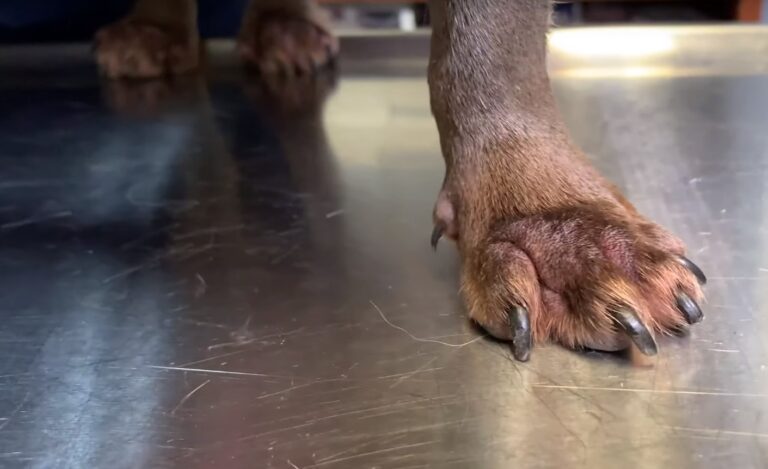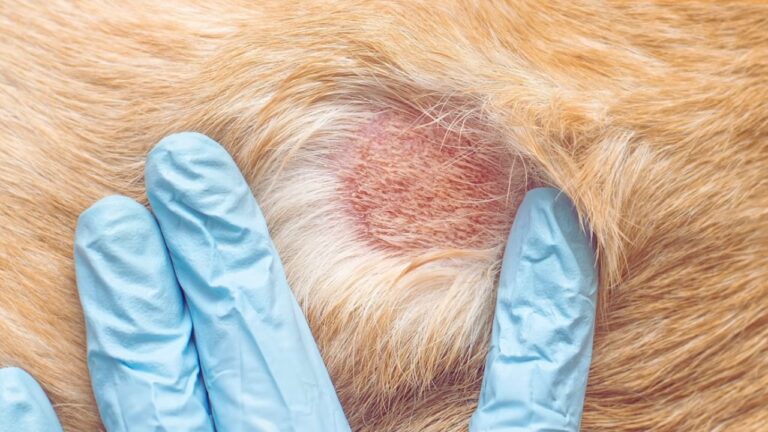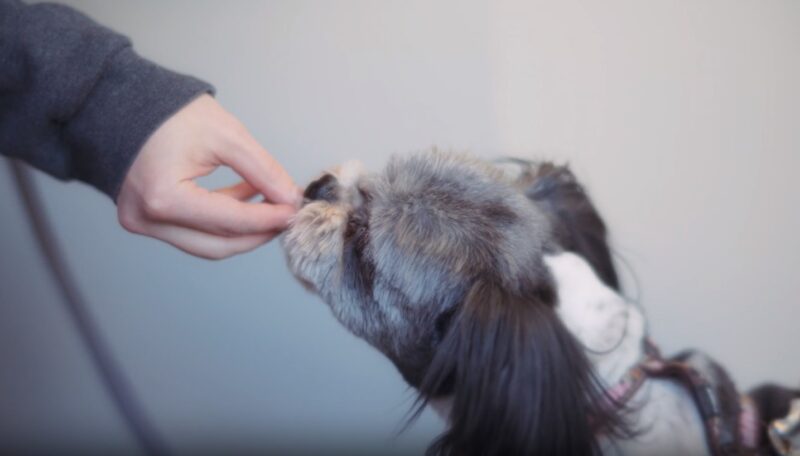Pet owners are responsible for the health of their little friends. Since they cannot do anything on their own, we should pay as much attention to them as possible.
There are numerous conditions our dogs can experience. While it is not for every issue out there, Gabapentin is a medication that can help with an array of them.
Staying informed and organized to take care of your pet with this crucial dosage cheat sheet.
I will provide you with several tips you might find to be of use.
Guidelines
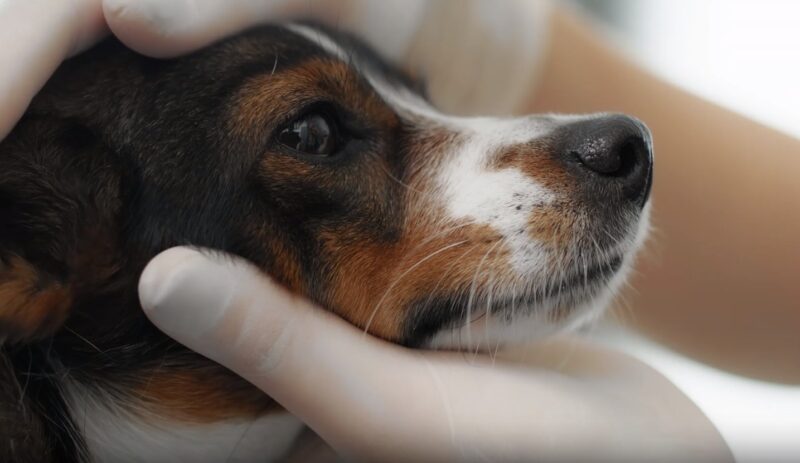
Gabapentin dosage in dogs varies depending on the specific condition being treated.
- Anticonvulsant: Every eight hours, give your dog 4.5 to 9 mg per pound of weight.
- Neuropathy: Initially, administer 2.3 to 6.8 mg per pound every 12 hours. It can be increased later.
- Behavior Disorders: You should start with low and gradually increase. For instance, start with 2.3 and end with 13.6 mg per pond, three times a day.
Be prepared to consult with a veterinarian whenever you need some help. Chances are you will need it frequently if the condition your pet experienced is more severe.
Here is the rough outlook of the dosage you should look towards:
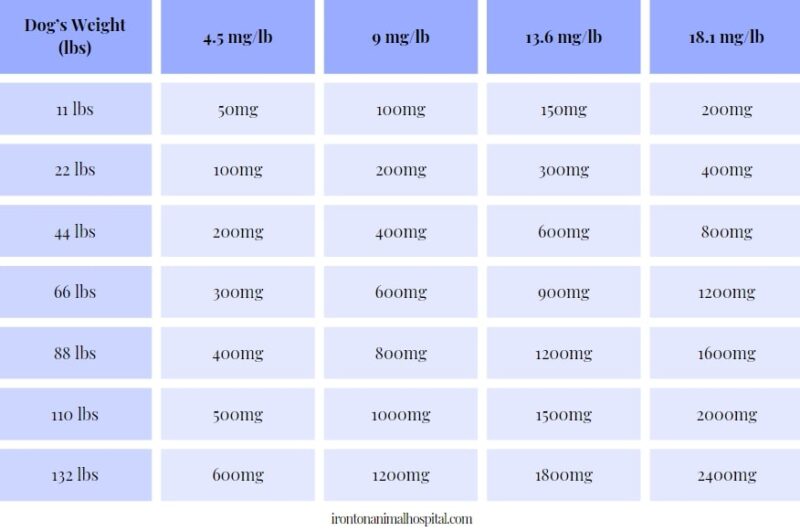
Do not do anything on your own. It’s crucial to follow your veterinarian’s specific dosage instructions for your dog.
Adjusting Dosage and Monitoring
When administering gabapentin, giving their body time to adjust each week seems smart..
Waiting those 7-10 days in between is so important. That way any side effects have time to show and we can check with the vet.
Going gradual is best for our pups’ comfort and making sure the meds really work. No one wants a furry pal to feel yucky, right?
It’s great we can count on each other too for monitoring. And our vets are there for any questions. Teamwork means our dogs get the very best care.
Practical Tips for Pet Owners

The way this medication works is through blocking calcium channels in the brain. By doing so, they help surpressing the neutrons that can cause issues such as nerve pain, anxiety, and different seizures.
To make the medicine as effective as it needs to be, be sure to stay strict to the following guideline:
- Consistently give gabapentin at the same time each day.
- It can be given with or without food, but consistency is key.
- Never abruptly stop the medication; it should be tapered off under veterinary guidance to avoid withdrawal symptoms.
Communication with Your Vet
Effective treatment with gabapentin involves ongoing communication with a veterinarian. Regular check-ups and discussions about the dog’s response to the medication, behavior changes, and any side effects are vital.
This open dialogue ensures the safe and effective use of gabapentin in managing your dog’s health conditions.
Side Effects
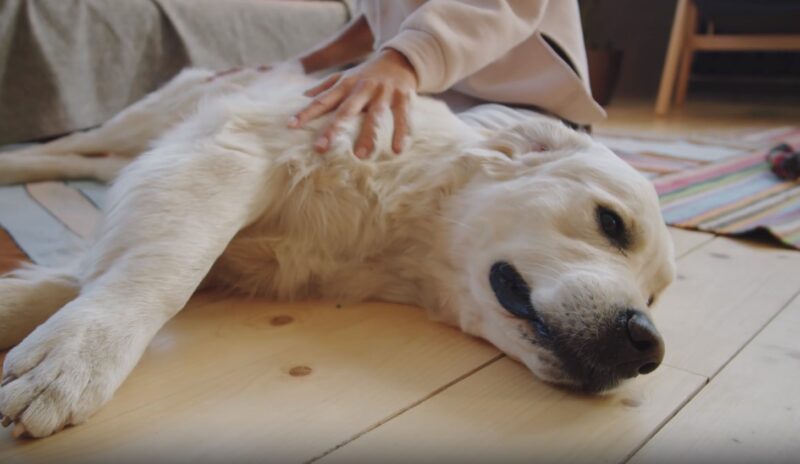
While gabapentin is commonly well-tolerated by puppies, it is essential to be aware about the capacity side outcomes.
Here’s a breakdown of the common and much less not unusual facet results to watch out for.
-
Sedation: As with many medications, gabapentin can cause drowsiness or sleepiness in dogs. This effect is usually most noticeable in the first few days of treatment and may gradually decrease over time. If your dog appears excessively sleepy or lethargic, it is first-class to seek advice from your veterinarian to alter the dosage or explore opportunity remedy options.
-
Loss of coordination: Gabapentin can have an effect on a dog’s balance and coordination, main to stumbles, swaying, or difficulty on foot. This impact is likewise greater pronounced at the beginning of remedy and can improve through the years. If your canine’s coordination seems notably impaired, touch your veterinarian for steerage.
-
Gastrointestinal troubles: Some dogs may also revel in vomiting or diarrhea after taking gabapentin. These facet effects are typically moderate and temporary. However, if your dog’s gastrointestinal issues persist or grow to be excessive, seek advice from your veterinarian immediately.
-
Other potential aspect outcomes: In uncommon cases, gabapentin may additionally purpose extra severe facet outcomes inclusive of allergic reactions, seizures, or tremors. If you notice any unusual or concerning signs and symptoms after your dog starts taking gabapentin, are seeking for veterinary attention directly.
Important Considerations

Watching our pups close is key when they start gabapentin. Take note if Fido seems off with sleep, balance or tummy troubles. Even small changes should go to the vet right away. They know just what to make of it and fix any issues fast.
Rare problems can happen with any meds. That’s why teaming up with experts is so important. No question is too little when it comes to our dogs’ health.
Thanks for the wise reminder. I’ll be extra observant of my pup and call the vet no hesitation with anything odd. Their comfort is my top priority.
Working together, we’ll give all our furry pals the best chance at feeling better. You guys rock for caring so much.
Cost of Medicine

the price of gabapentin can depend on a few things. Makes sense the cost would vary based on dose, our pup’s size and where we fill it.
Generic brands are usually cheaper, but prices aren’t set in stone. Comparing options is smart. A vet and different pharmacies can help there.
Knowing these cost factors is important if we want to plan our budgets for our dogs’ meds. One size doesn’t fit all.
Storing Properly
Proper storage of gabapentin is crucial to maintain its effectiveness. The medication should be stored at room temperature, ideally between 68°F and 77°F (20°C and 25°C).
Keeping it someplace dry away from water and light is key.
Bathrooms and kitchens are risky with humidity changes. We want to protect it so it works well for our pups until it expires.
Safety first too – little hands and curious paws don’t mix with meds. Proper storage is so important to keep our furry friends healthy.
In Summary
As you can see, Gabapentin is a useful medication that can resolve numerous conditions your dog comes across. You need to pay attention to tailor the dosage to the dog’s specific needs.
Besides the administering, owners should always be on the lookout for the potential side effects.
By following these guidelines, owners will make sure their dogs receive the full benefits of the medicine, minimizing the risks in the meantime.


